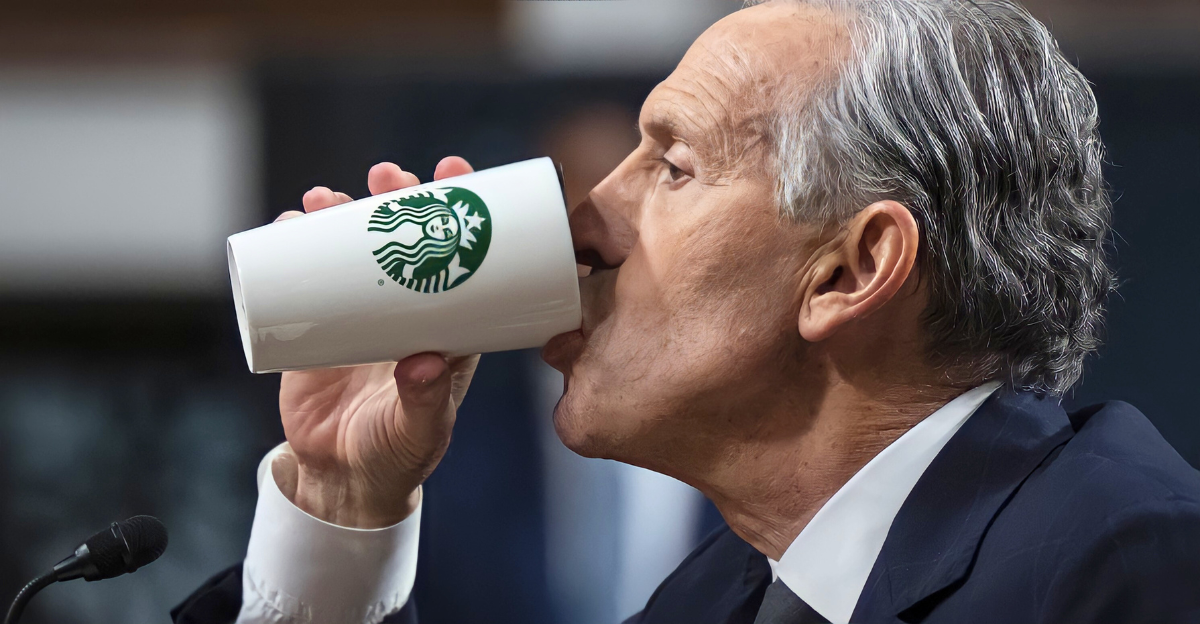
For years, Starbucks wasn’t just a stop for coffee, it was the in-between space that felt like a second home. But that familiar third place has changed, and now, so has the company’s tone.
In a rare public admission, CEO Brian Niccol confessed the brand had veered away from its original purpose: fostering community. That misfire coincided with five straight quarters of declining sales, a 50% plunge in profits year over year, and a deep slide in stock performance.
At the heart of it all? A shift away from seating and community toward speed and digital convenience. What led to this misstep, and can it be reversed?
Why Removing Chairs Changed Everything
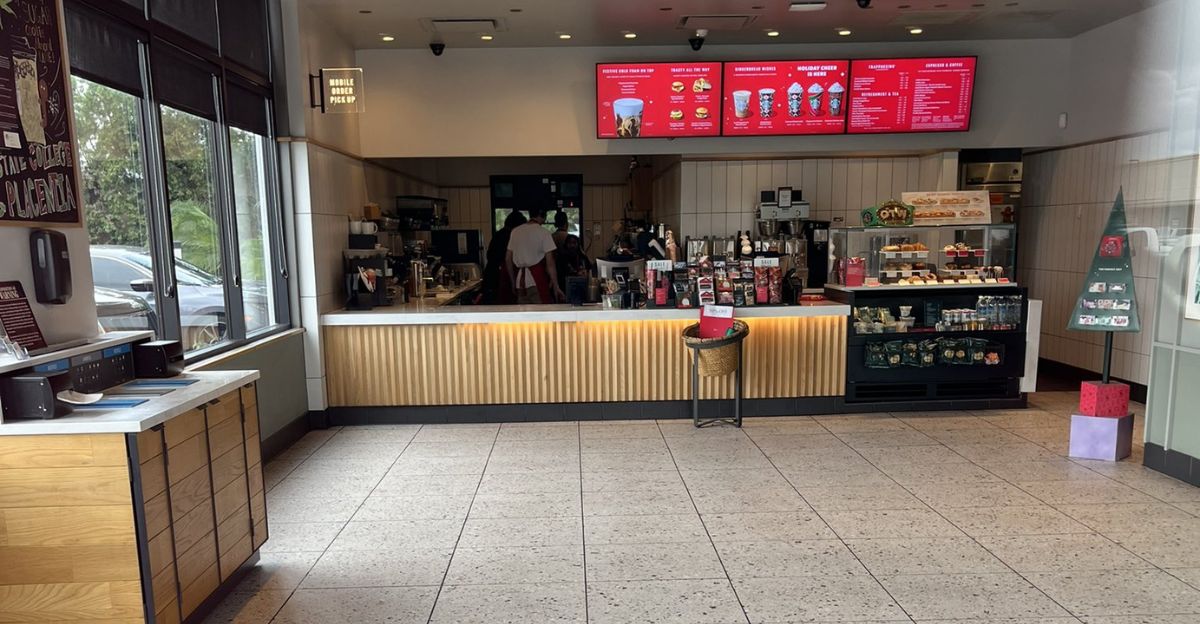
When Starbucks started removing seating and covering outlets, it didn’t just redesign stores, it stripped away what made the brand matter. What began as a pandemic fix turned into a lasting policy that sidelined the very essence of the Starbucks experience.
Prioritizing speed and mobile ordering, now up to 75% of transactions, meant trading ambiance for efficiency. But customers didn’t pay $6 just for coffee, they paid for comfort, atmosphere, and the sense of belonging. By stripping away the “third place” environment, Starbucks lost more than furniture. It lost the heart of what made it special.
The App That Made It All Worse
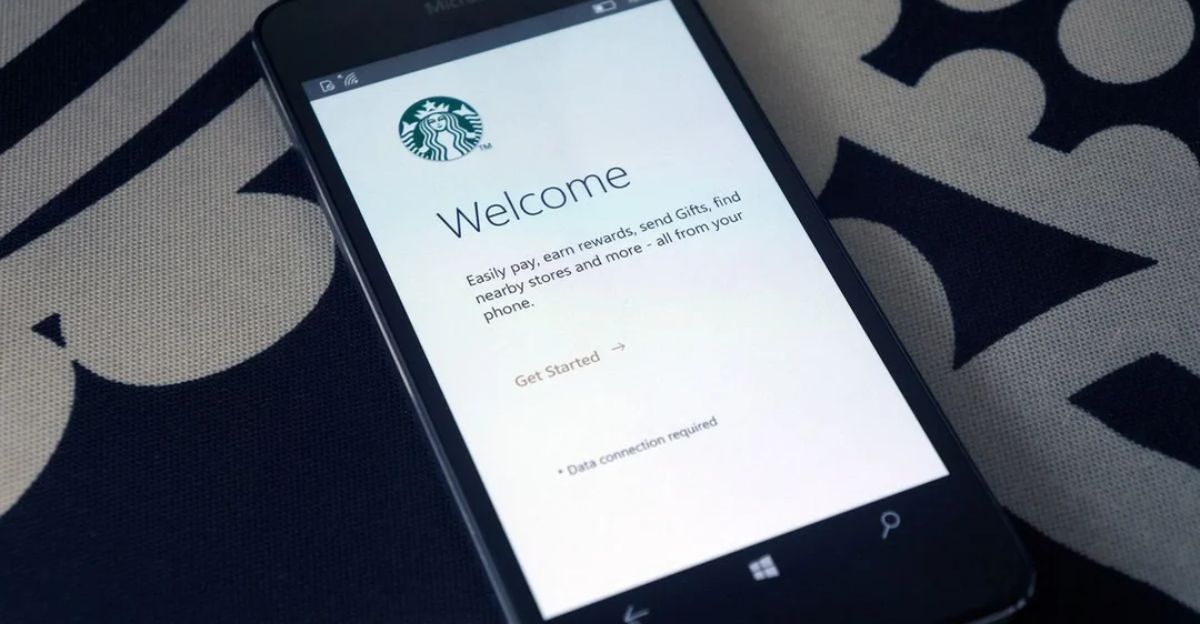
Starbucks’ mobile app, once a tech marvel, became a bottleneck for staff and a headache for customers. CEO Narasimhan acknowledged that digital orders were overwhelming store operations. Baristas struggled to keep up, customers faced inconsistent service, and the sense of community vanished. Worse, critics say the app’s design manipulates users into overspending.
Legal pressure mounted as consumer groups filed complaints over “dark patterns.” Then came outages in 2024 and 2025, exposing Starbucks’ overdependence on digital systems. The irony is painful: a company rooted in human connection became hostage to its own software. It wasn’t the future customers wanted.
The $100 Million Confession
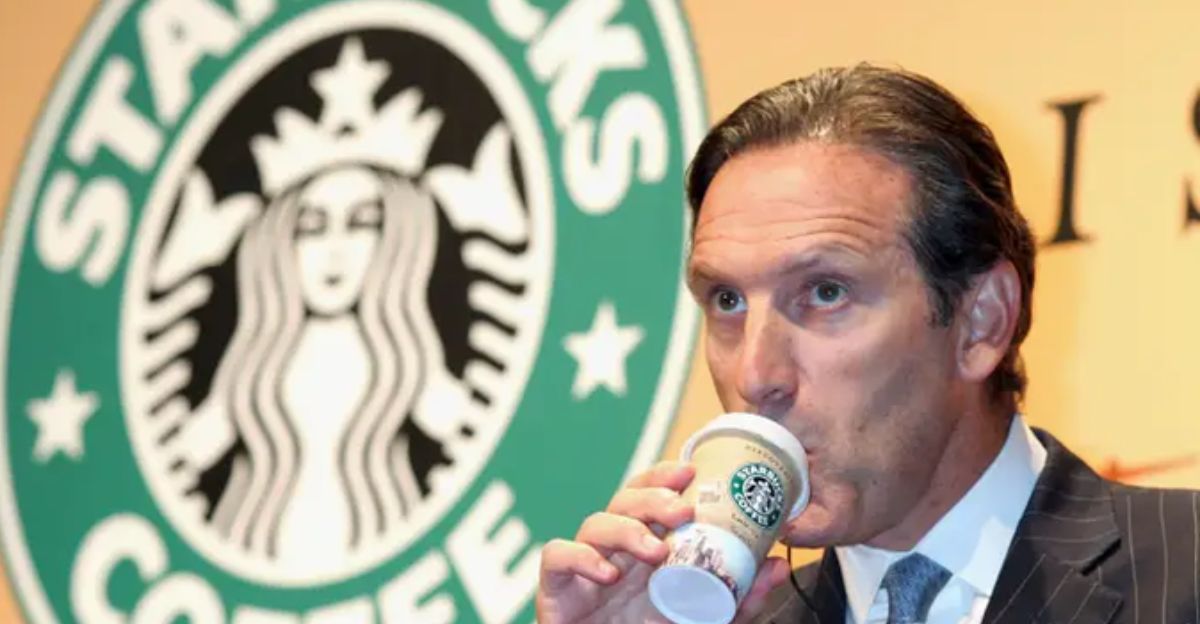
In a candid interview with Axios, Starbucks CEO Brian Niccol made a striking admission: “We had this strategy that I think was just a misfire of a purpose-driven store.” He was referring to one of the company’s most controversial decisions, removing in-store seating.
Niccol’s confession came as Starbucks faces five straight quarters of declining sales and a 10% drop in foot traffic. “We’ve got to get the seats back,” he said, validating what customers had been complaining about for years. It wasn’t just a design flaw. It was a corporate misstep with far-reaching consequences, one that prioritized logistics over community.
The Numbers That Spooked Investors
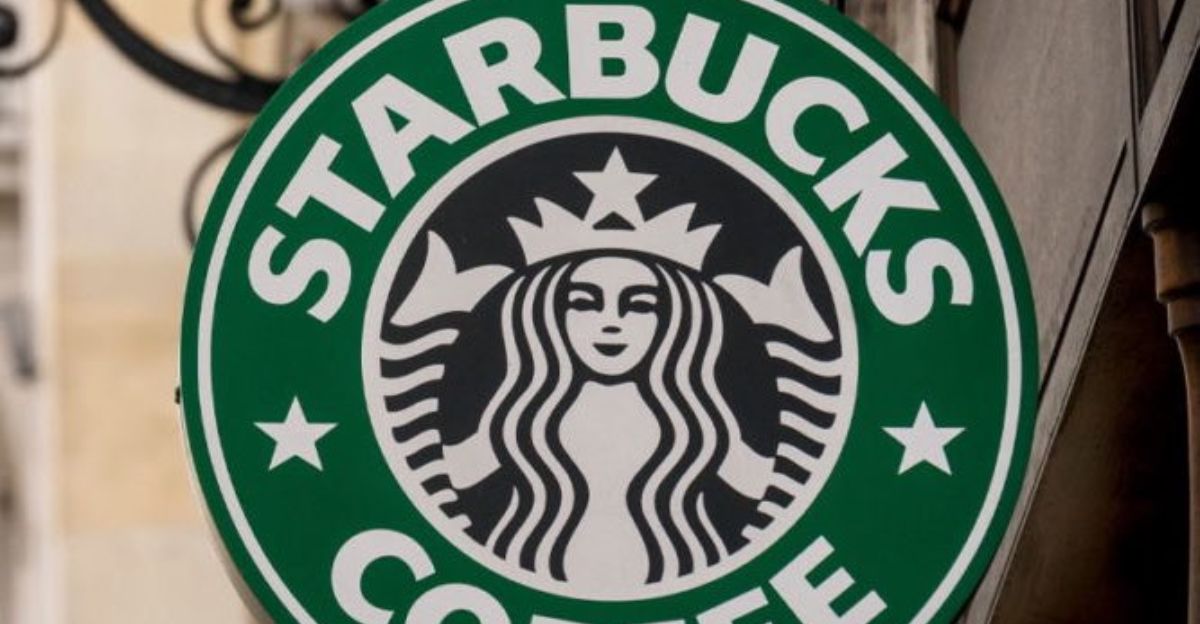
The financial damage is now hard to ignore. In Q2 2025, Starbucks saw global same-store sales dip 1%, with U.S. transactions falling 4%. Its operating margin sank to 6.9%, a drop of nearly six percentage points year over year. The company’s stock has tumbled around 27% from its 2025 peak. Analysts expect further declines, with projections averaging $68.06 per share. Even more telling? Starbucks pulled its financial forecast months ago, signaling deep uncertainty. These aren’t just disappointing metrics, they reflect a loss of confidence in the company’s future. While numbers can be repaired, the loss of trust is much harder to fix.
How Competitors Took Advantage
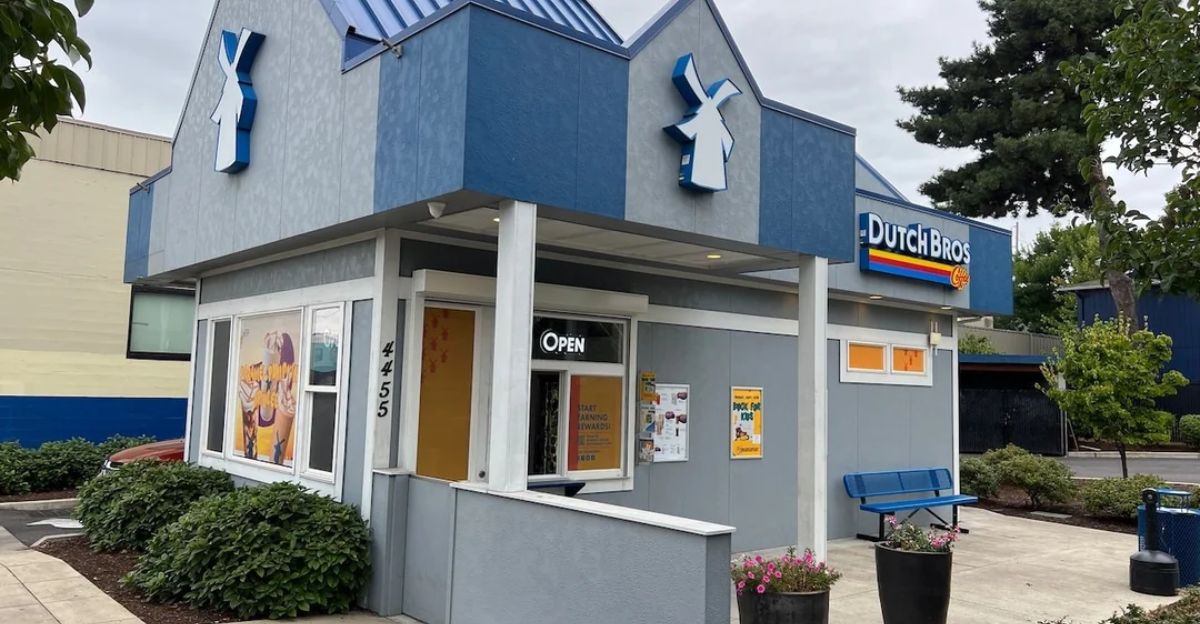
As Starbucks stumbled, others stepped in. Dutch Bros, a growing rival with a drive-thru focus, is expanding fast and winning on customer satisfaction. Local cafés also reemerged as true community hubs, offering what Starbucks no longer did. Even McDonald’s and Dunkin’ improved their coffee while keeping prices low, appealing to budget-conscious buyers.
By trying to be a tech company, a fast-food chain, and a premium café all at once, Starbucks lost its way. And when a brand dilutes its identity, others quickly fill the gap. Starbucks wasn’t just outperformed, they were out-listened by competitors that understood what people actually wanted.
A Cultural Wake-Up Call
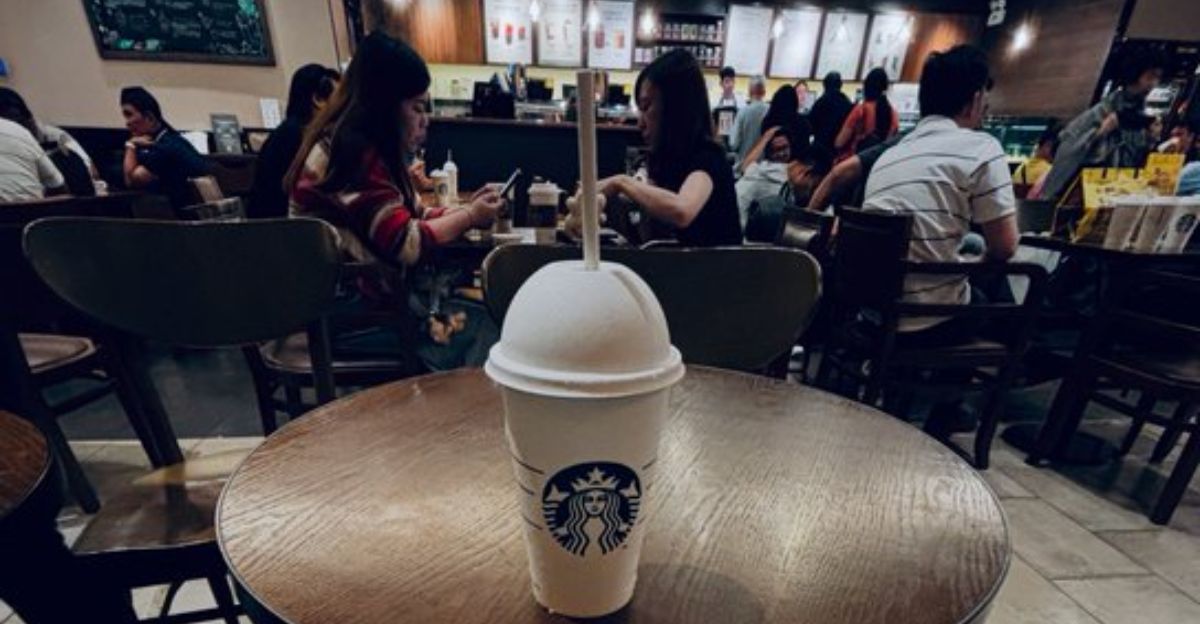
Post-pandemic, people are seeking more than just convenience, they want spaces that feel human. Starbucks, once the poster child of the “third place,” missed this moment. Sociologist Ray Oldenburg, who coined the term, always said community spaces should feel natural, not manufactured. Instead of doubling down on warmth and welcome, Starbucks stripped away seating and ramped up digital ordering.
Customers noticed. What was once a sanctuary started to feel like a transaction. And for a brand that promised belonging, that shift was jarring. In trying to modernize, Starbucks forgot the emotional glue that held it all together.
The Labor Equation That Didn’t Add Up
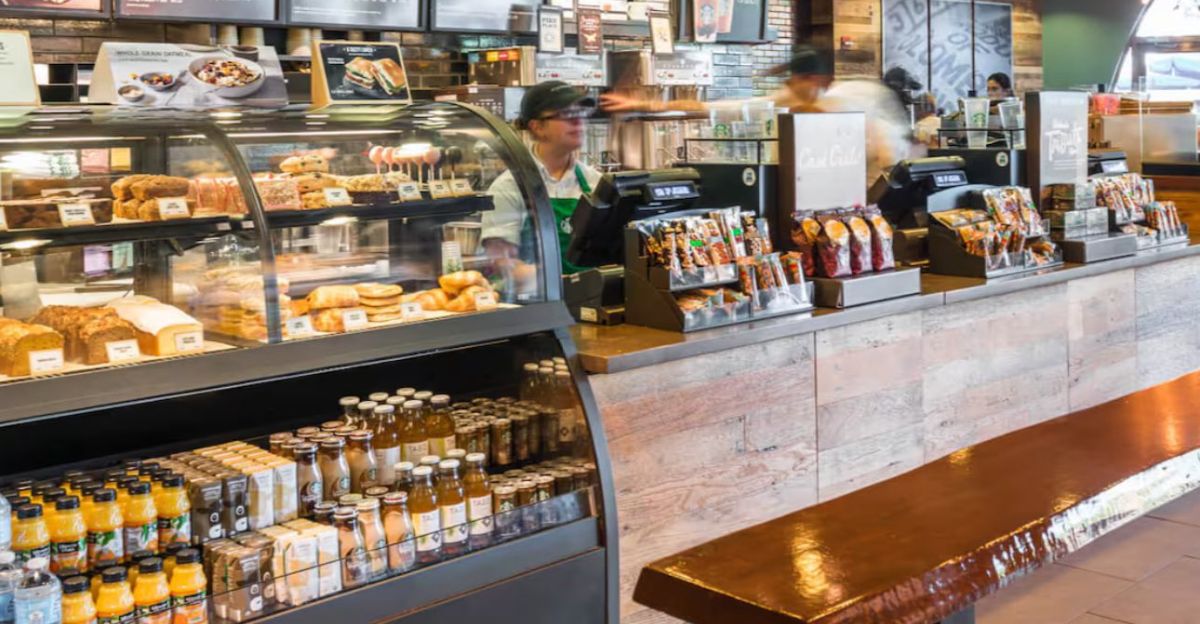
Operational missteps didn’t just affect customers, they strained Starbucks employees too. The company extended hours at 80% of its U.S. locations, pushing labor costs up by an estimated $527 million. Yet stores remained understaffed, leading to long lines and unhappy customers. Analysts warned this could cut 2026 earnings per share by over 10%.
CEO Niccol admitted the company tried to “staff to win every transaction,” but the results fell short. The deeper issue? A brand unsure whether to prioritize premium service or fast, low-cost volume. That indecision created chaos, and it’s showing on the bottom line.
The Psychological Contract That Was Broken
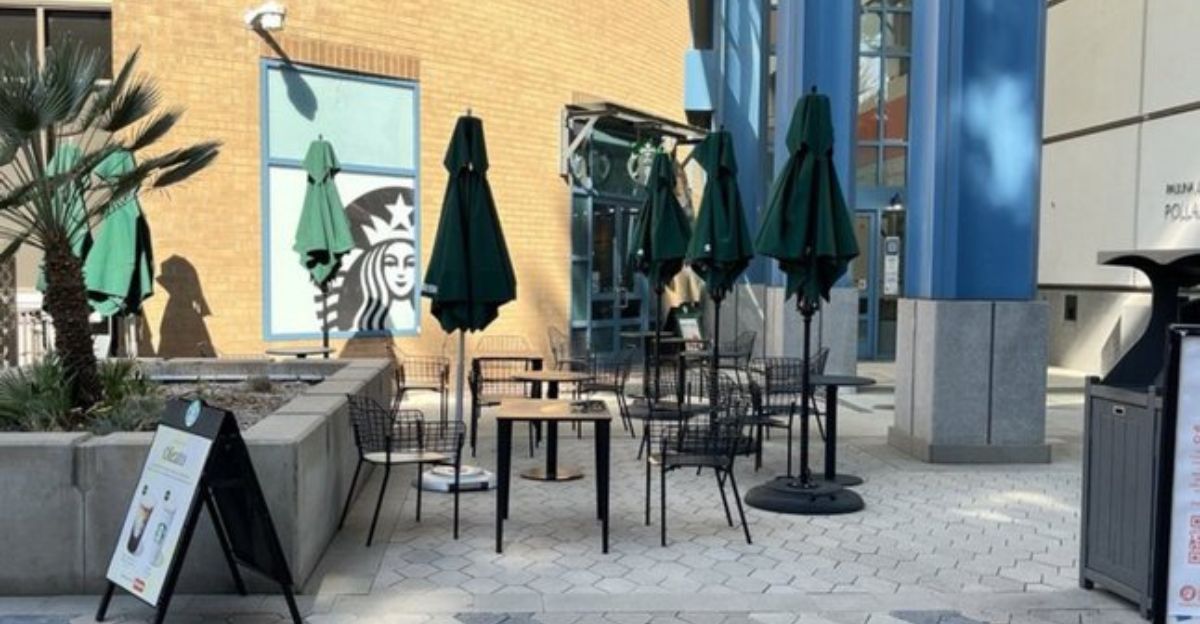
Starbucks didn’t just sell coffee, it sold a feeling. Customers believed they were buying into a culture of care, recognition, and belonging. When stores removed seating and pushed digital convenience, that promise fell apart. The shift especially alienated wealthier consumers.
Just 3% of Americans earning over $100,000 said Starbucks offered good value, compared to 24% of those earning under $40,000. The problem wasn’t pricing, it was emotional value. Starbucks had rewritten the unspoken agreement it built with customers, and many walked away feeling betrayed by a brand they once trusted.
The Turnaround Strategy That Offers Hope
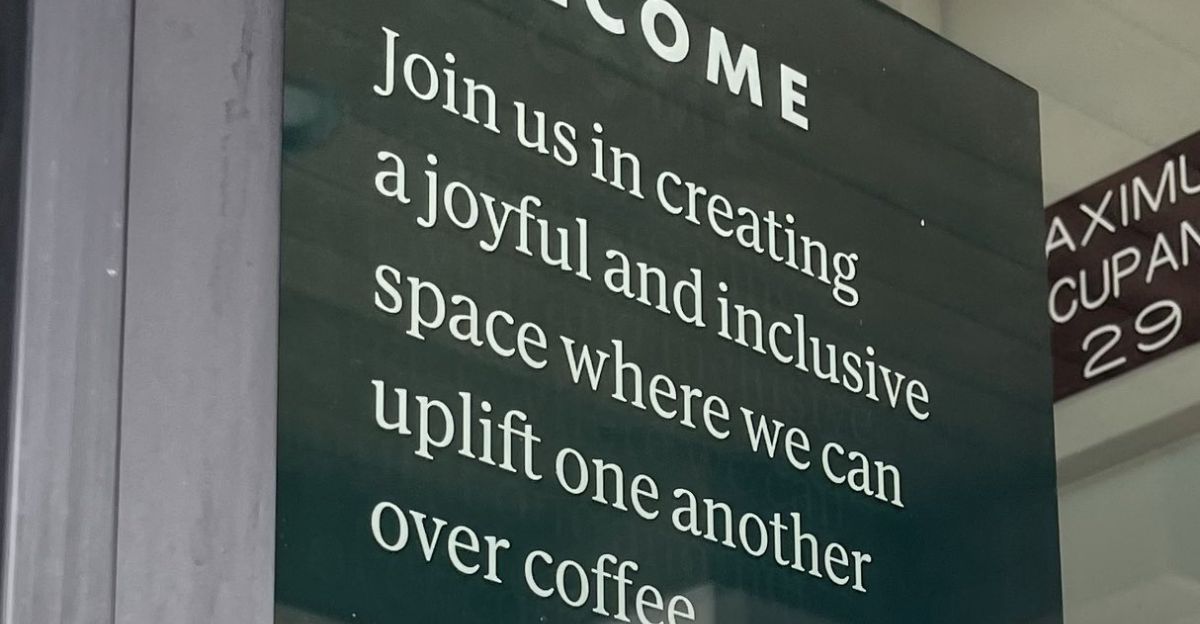
CEO Niccol is trying to steer Starbucks back to its roots with a plan called “Back to Starbucks.” The approach focuses on three key areas: improving the in-store experience, expanding seating and power access, and simplifying the menu. Results are encouraging, locations that reintroduced ceramic mugs saw in-store visits triple.
The company also ordered 200,000 Sharpies so baristas could resume writing names on cups, a return to personal touches. Most importantly, Starbucks is reconnecting with its identity as a community hub. It’s not just a course correction; it’s an effort to reclaim the brand’s soul.
The Lesson for All Brands: Don’t Abandon Your Core
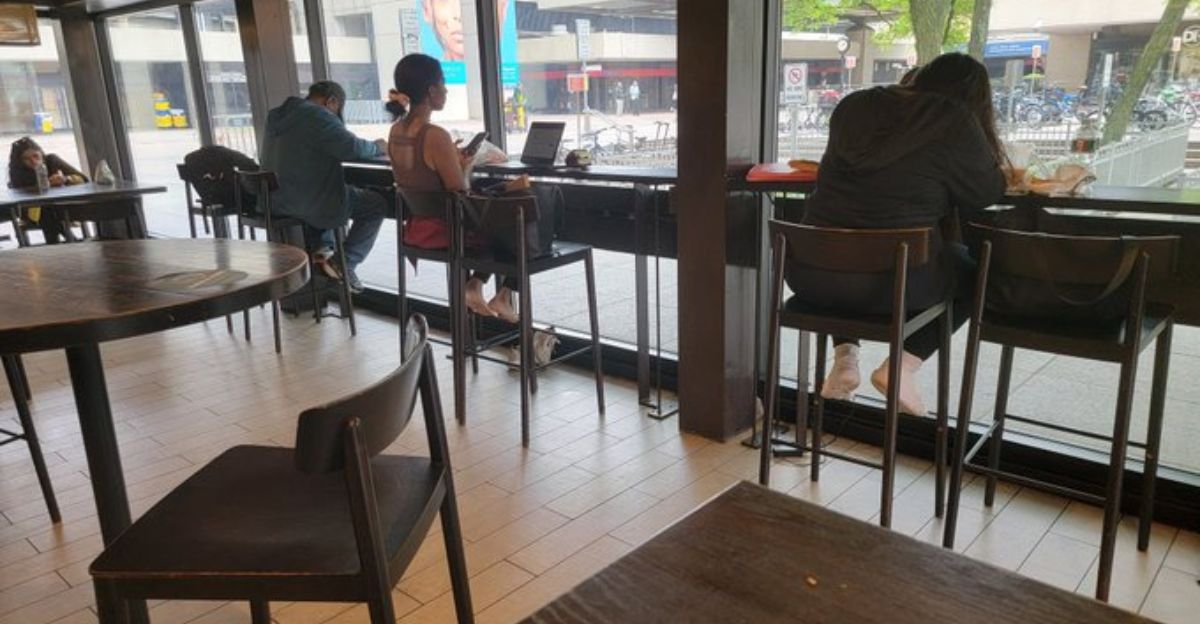
Starbucks’ story is a cautionary tale for any brand built on emotional connection. Efficiency and growth may satisfy short-term goals, but they can’t replace a sense of belonging. The company’s struggles reflect a broader truth: in an increasingly digital world, people still seek places that feel human.
Rebuilding trust means more than fixing operations, it requires reembracing the values that built the brand in the first place. For Starbucks, that means going back to the basics of warmth, presence, and community. For everyone else, it’s a reminder that identity isn’t a feature to optimize, it’s the foundation to protect.
Discover more trending stories and Follow us to keep inspiration flowing to your feed!

Craving more home and lifestyle inspiration? Hit Follow to keep the creativity flowing, and let us know your thoughts in the comments below!
